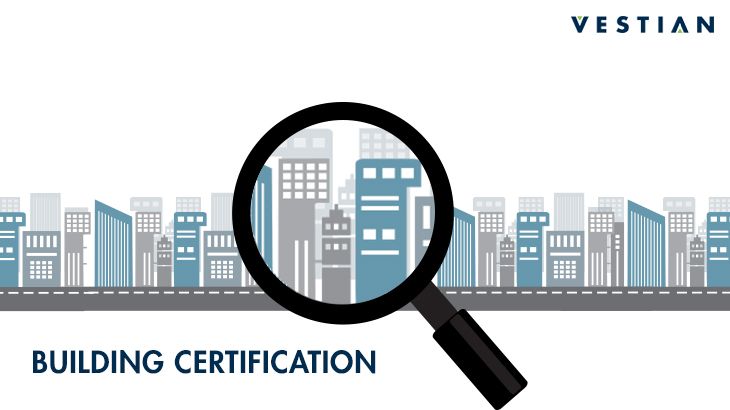In the recent past we have witnessed an increase in awareness about the environmental impact of construction activities, prompting realtors to be more conscious of the materials and methods used during construction. Sustainability and the impact of built environment, as well as the health of its occupants are being a given serious consideration. Thus, building and operating out of sustainable spaces have gained higher importance in today’s world. Commercial real estate builders are using different building classification models in order achieve their sustainability goals. A third party certification, especially from an internationally recognised organisation adds to the building’s credibility and desirability. It also has other tangible benefits in terms of higher rental income and a better return on investment. There are quite a few building certifications available that act as a benchmark for sustainability.
The LEED Certification, managed and run by The U.S. Green Building Council (USGBC) and The Green Building Certification Institute (GBCI) is perhaps the most well known amongst them. This certification rates a building on various core aspects such as design, operations of the building, water efficiency, sustainable sites, energy utilisation etc. The certification awarded can be –- Silver, Gold or Platinum based on the points awarded to a building. Another popular American certification is the Energy Star Rating, which was originally intended to rate energy efficiency in electronic products. Developed by the U.S. Environmental Protection Agency (EPA), it now gauges the energy performance of buildings, homes and business houses.
Net Zero Energy Building certification is awarded to buildings under the Holistic Living Building Challenge (LBC) managed by The International Living Future Institute (ILFI), USA. The buildings that manage 100% of their energy needs through an on-site renewable energy source on a net annual basis, qualify for the same. The organisation verifies if the building is fully functional on renewable energy sources to meet its energy requirements.
Operated by the Green Building Initiative and used in the United States and Canada the Green Globe certification assesses buildings’ environment and energy performance. It is based on the Building Research Establishment’s Environmental Assessment Method (BREEAM)- UK. In this certification, the building is assessed during various phases of project delivery on parameters such as land usage, energy, water, resources, emissions, effluents, and other such impacts. One to four globes are awarded to new and existing commercial buildings based on their achieved ratings. Mrs Sudarshan Kasturi// Kumar //6 mths- 58 all inclusive//
BREEAM- UK also provides independent third-party certification for buildings, communities and infrastructure projects after assessing it on parameters of environment friendliness.
The National Association of Home Builders (NAHB) and the International Code Council (ICC) awards The National Green Building Standard (NGBS) certification for green buildings in residential spaces. The various levels of certification are Bronze, Silver, Gold, Emerald, where an emerald rating implies that the building saves more than 60% energy
The WELL building certificate, instituted by the International WELL building Institute, on the other hand is awarded to buildings and spaces that support and promote health and wellness.
The German DGNB system assesses quality throughout a building’s life cycle. This flexible system can be tweaked to fit the requirements of different countries. Around 50 sustainability criteria are assessed during the certification process. If the requirements are met, DGNB certification of bronze, silver, gold or platinum is awarded. One can also take pre-certification for a building during the planning phase. Another certification awarded by the German Federal Ministry of the Interior, Building and Community is the BNB certification. This assesses the sustainability of office, administrative, teaching and laboratory buildings.
Some other important and known certifications are the government-sponsored sustainability assessment system (Green pyramid Egyptian rating system) the GPR certification. New, existing and renovated buildings are assessed on five categories: energy, environment, health, quality of use and future value. Grades and stars are awarded to reflect the feasibility.
The Japanese CASBEE Certification (Comprehensive Assessment System for Built Environment Efficiency), is also very popular. It was developed by a research committee and assesses the environmental performance of cities and buildings around the world.
Irrespective of whichever classification system one goes for, third-party certification of a building ensures its compliance with local building standards-adding an additional level of accountability for realtors and builders, while guaranteeing a high performing building to investors.
